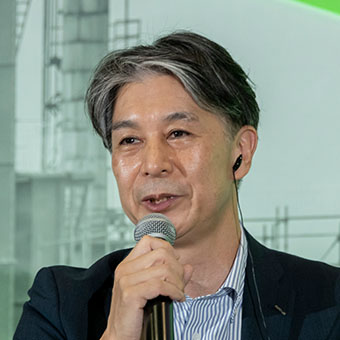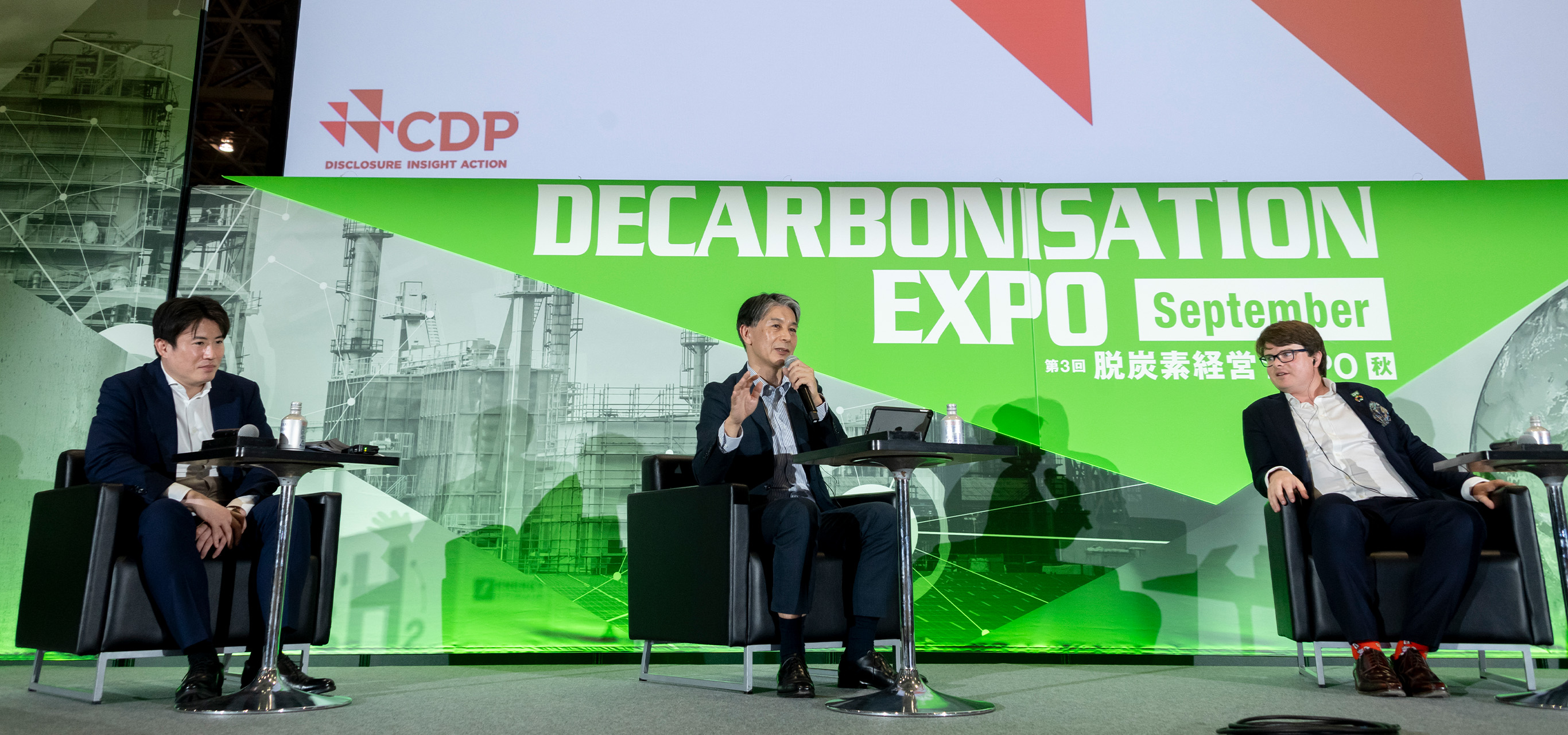
Achieving Net Zero Throughout the Supply Chain
The Growing Importance of Corporate Emissions Disclosure
How do we achieve net zero throughout the supply chain? As international public opinion demands decarbonization, small to medium-sized enterprises (SMEs) are experiencing ever-greater pressure to demonstrate emissions transparency. However, it’s difficult for these businesses to know where to begin and what specific measures to take. Therefore, large corporations operating downstream of them in the supply chain will soon be required to create an environment where SMEs can overcome these difficulties.
To make this a reality, corporations and government agencies are recognizing the importance of visualization and disclosure of information on greenhouse gas (GHG) emissions. Recently, we hosted a discussion between CDP, which operates an information disclosure system for environmental reporting; Citigroup, a financial institution working to achieve net zero emissions throughout the entire supply chain, including emissions from investments and loans, and NTT DATA, a provider of GHG emissions visualization solutions.
During the discussion, leaders from these three companies laid out the efforts being made to achieve net-zero emissions throughout the entire supply chain – and the consequences this will have long-term.
Disclosing and Visualizing Emissions
CDP, a non-profit organization (NGO) established in 2000 in the U.K., is one of the leaders of this global trend for emissions visualization. It operates a global information disclosure system to help investors, companies, nations, regions, and cities manage the environmental impacts of their activities.
At the request of institutional investors engaging in ESG-related investments and other activities, as well as companies with strong environmental interests, CDP prepares and publishes an ‘Environmental Questionnaire’ (below). This is then sent to its portfolio companies and business partners.
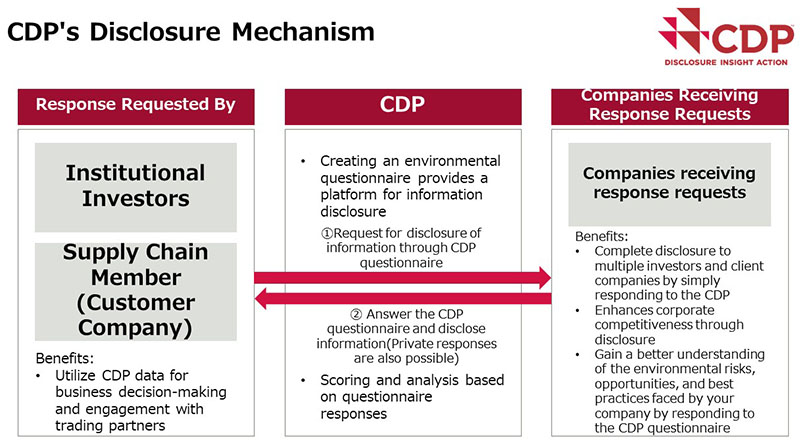
Notably, looking at the chart below, we can see the number of responses to CDP’s questionnaire has increased rapidly in recent years. Initially, the questionnaires were related to climate change action, but later questionnaires were also developed in areas such as supply chain, water, and forestry – showing the growing importance placed on ESG in a broad range of industries.
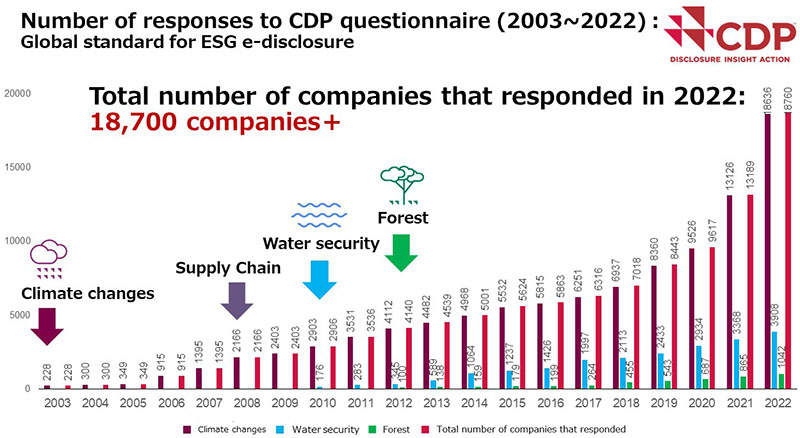
CDP is also actively encouraging people to address environmental challenges through its Supply Chain program, with more than 280 member companies and government organizations worldwide. The combined purchasing power of these organizations is more than $6.4 trillion annually, demonstrating the strong influence of the program’s participants.
Dexter Galvin, Chief Commercial and Partnerships Officer at CDP, remarked that, by having these organizations call on their suppliers to decarbonize, we can use that influence to make more progress in decarbonizing the entire supply chain.
NTT DATA and Decarbonization
To achieve its decarbonization goals, CDP partners with companies and governments around the world. In March 2022, NTT DATA became the first Japanese company to be recognized as a CDP Gold Certified Partner.
NTT DATA’s GHG emissions visualization platform, C-Turtle, aims to reduce GHG emissions through the visualization of supply chain emissions, using CDP’s data to do so. C-Turtle also features a total emissions allocation system: allowing companies to reflect the results of their suppliers' emissions reduction efforts in their own emissions.
Tadaoki Nishimura, Senior Vice President and Head of Corporate Headquarters at NTT DATA, explained how efforts made upstream in the supply chain lead to benefits to those downstream (i.e. customers). This underlines the importance for companies to work hard not just for the environment, but for their customers too.
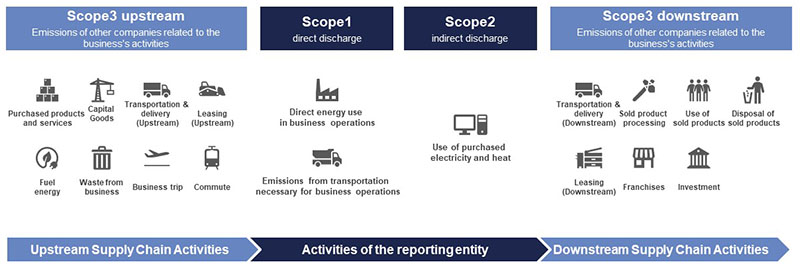
Mr. Nishimura explained that, at NTT DATA, our mission is to solve social issues through our business. As an IT company, NTT DATA wants to contribute to the reduction of GHG emissions from customers to whom it provides solutions, not just from its own activities.
Citigroup and Decarbonization
Citigroup, based in the United States, also has a deep partnership with CDP. Hiroaki Aoki, Head of ESG and Sustainability for Investment Banking and Corporate Finance, at Citigroup Global Markets Japan, emphasized that Citigroup has been committed to ESG for more than 25 years.
Citigroup is currently working with CDP to achieve net zero GHG emissions from Citigroup’s own offices by 2030. It has also set a goal of net zero GHG emissions from its entire supply chain, including GHG emissions from investments and loans, by 2050.
Financial institutions have a major role to play in promoting decarbonization throughout society, said Mr. Aoki. Citigroup is trying to fulfill this role through three strategies:
- Helping customers decarbonize through investments and loans.
- Understanding and managing climate change risk in the investment and loan portfolio.
- Promoting sustainable operations within the company, including office decarbonization.
For example, in its customers' financing, Citigroup has recently seen an increase in the issuance of ‘green bonds’ and ‘sustainability bonds’, which are designed to be used for projects that lead to decarbonization. Mr. Aoki announced the company’s intention to further expand its support for this type of financing.
Granting Benefits to Decarbonizing Companies
SMEs have an integral role to play in decarbonizing entire supply chains, as they are embedded across major manufacturers' supplier networks. Without taking the whole chain into account, large companies will not be able to increase their decarbonization efforts beyond a certain level. However, as Mr. Galvin explained, SMEs require tailored engagement, given their resource constraints versus large corporations. Reducing disclosure obstacles and highlighting economic benefits like green loans can motivate SME climate action.
In the case of Citigroup, most of its clients are global companies. Although they have little direct contact with SMEs, they can influence them indirectly. As Mr. Aoki remarked, Citigroup continues to ask its customers to commit to net zero and create a plan to decarbonize throughout its daily activities. This also means asking SMEs in its customers' supply chains to take action.
Green loans with lower interest rates are gradually gaining popularity among financial institutions, which would improve access to loans for SMEs. Economic incentives such as this will increase the number of companies seeking loans. Mr. Aoki stressed the importance of designing and granting economic benefits in order to promote the decarbonization of the entire supply chain and society as a whole.
Mr. Nishimura explained that many companies are still using Excel spreadsheets to calculate their emissions and that it is the role of technology providers to reduce this burden through easy-to-use IT solutions. Platforms like C-Turtle offer free access for SMEs partnering with larger corporate subscribers. The program allows SMEs to use C-Turtle free of charge with the cooperation of large companies downstream in the supply chain.
CDP is strengthening its own approach to SMEs as it prepares a questionnaire for SMEs, which will be available in 2024. This is due to the growing awareness of SMEs toward decarbonization, as well as an increase in requests for information disclosure from large companies to SMEs.
Visualization and Target-Setting
Unfortunately, since the Paris Agreement in 2015, the changes that should have followed have not taken place. Nonetheless, we must begin the decarbonization process. Mr. Galvin emphasized that this involves decarbonizing our supply chains and mitigating the supply chain risks posed by climate change impacts.
Many companies will be unsure exactly what that means and where to begin. The first step is measurement. If efforts are not measured, they cannot be managed. Another way for referring to measurement, of course, is visualization.
Mr. Nishimura explained how NTT DATA has developed the ‘NTT DATA NET-ZERO Vision 2040’, which aims to reach net zero emissions by 2040. This includes achieving net zero data center emissions (Scopes 1 and 2) by 2030, and net zero office emissions (Scopes 1 and 2) by 2035. By 2040, we aim to achieve net zero emissions for the entire supply chain (Scopes 1 through 3).
While setting these goals is an important step, the prerequisite for achieving them is visualization. This is why NTT DATA intends to further focus on expanding the functions of C-Turtle as a platform for smart and efficient visualization.
With the evolution of visualization solutions such as C-Turtle, along with an environment that makes it easier for companies to disclose emissions data, efforts to decarbonize both large companies and SMEs have begun to pick up speed. A necessary part of this progress is awareness among large companies and financial institutions about the need to properly evaluate SMEs’ emissions disclosures. These external evaluations are changing how suppliers think. They may be able to use these evaluations to gain access to new business opportunities and favorable financing terms.
Our society must make efforts to promote decarbonization – among large corporations, SMEs, and everyday people – delivering economic benefits and encouraging awareness of the way it will affect our supply chains. Find out more about the strategic partnership between CDP and NTT DATA here.



